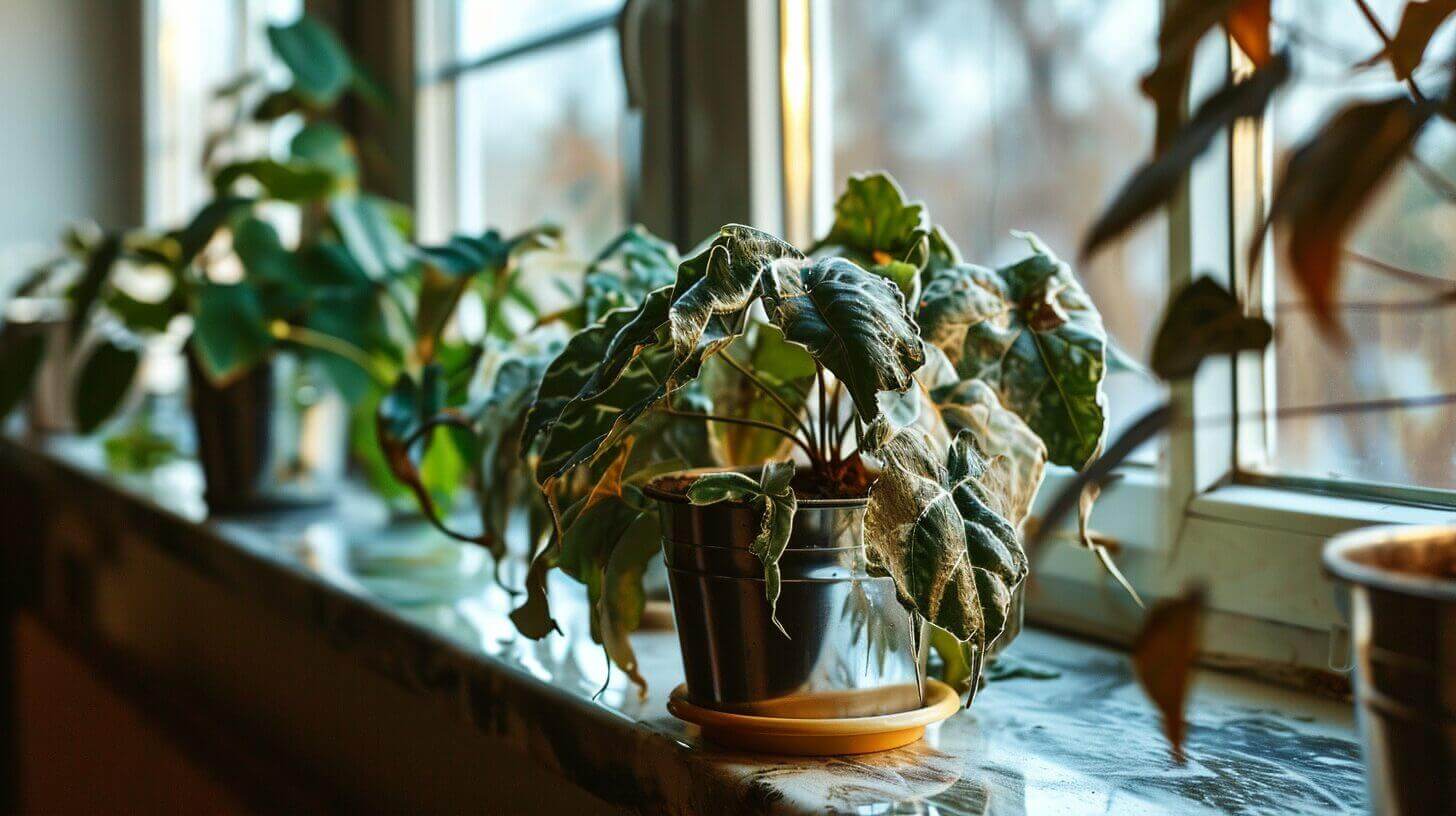Why Is My Arrowhead Plant Drooping? How to Fix Plant Leaves Drooping
If you are wondering why your arrowhead(Syngonium Podophyllum) plant is drooping, there could be several reasons causing this issue. The drooping of an arrowhead plant can be attributed to factors such as overwatering, underwatering, low humidity, insufficient lighting, temperature stress, and fertilizer issues. To revive your drooping plant, it is crucial to identify and address the root cause.
Key Takeaways:
- Overwatering or underwatering can lead to drooping arrowhead plant leaves. Check the soil moisture and adjust watering accordingly.
- Low humidity levels can cause drooping. Increase humidity by using a humidifier or placing the plant on a humidity tray.
- Ensure the arrowhead plant receives suitable lighting, avoiding direct sunlight, and maintain a temperature range of 60°F to 85°F.
- Proper fertilizer application and pruning contribute to the overall health of the arrowhead plant.
- Identifying and addressing the specific issue causing drooping is essential for the plant’s well-being.
Common Causes of Arrowhead Plant Drooping and How to Fix Them
Drooping arrowhead plants can be a concern for plant enthusiasts, but understanding the underlying causes and implementing the correct remedies can revive your plant’s health. There are several factors that can lead to drooping stems and leaves in arrowhead plants, including watering issues, humidity levels, lighting conditions, temperature stress, and fertilizer problems.
If you notice your arrowhead plant is drooping due to underwatering, it’s essential to check the soil moisture level. Make sure to water the plant adequately, allowing water to penetrate the root zone. On the other hand, if overwatering is the cause, it’s crucial to let the soil dry out before watering again. Ensure that the pot has proper drainage to prevent waterlogging.
Low humidity levels can also contribute to drooping leaves in arrowhead plants. To increase humidity, consider using a humidifier near the plant or placing it on a humidity tray filled with water. This will create a more favorable environment for your plant to thrive.
The lighting conditions and temperature play a significant role in the health of your arrowhead plant. Place the plant in an area with suitable lighting, avoiding direct sunlight that can cause damage. Maintain a temperature range between 60°F to 85°F (15°C to 29°C) to avoid temperature stress, which can lead to drooping.
In addition to these factors, it’s crucial to ensure proper fertilizer application and pruning practices. Fertilize your arrowhead plant regularly but avoid over-fertilization, as it can cause chemical burns and harm the plant. Pruning helps maintain the plant’s shape and removes any yellow or drooping leaves, promoting healthy growth.
FAQ
Why is my arrowhead plant drooping?
The drooping of an arrowhead plant can be caused by various factors, including overwatering, underwatering, low humidity, insufficient lighting, temperature stress, and fertilizer issues.
How can I fix the drooping leaves on my arrowhead plant?
To fix the drooping leaves, it is important to identify the root cause of the problem. If the plant is drooping due to underwatering, check the soil moisture level and make sure to water it adequately. On the other hand, if overwatering is the issue, allow the soil to dry out before watering again and make sure the pot has proper drainage. Low humidity levels can also cause drooping, so increasing humidity through methods like using a humidifier or placing the plant on a humidity tray can help. Ensuring the plant is placed in an area with suitable lighting, avoiding direct sunlight, and keeping the temperature within the range of 60°F to 85°F can also prevent drooping. Proper fertilizer application and pruning can further aid in maintaining the plant’s health.
Should I repot my droopy arrowhead plant?
Repotting may not be necessary if the drooping is caused by factors like watering, lighting, or humidity. However, if you suspect the plant’s roots are overcrowded or the soil is not draining properly, repotting can help. Choose a pot with a drainage hole and use well-draining soil. Be cautious not to damage the plant’s roots during the repotting process.
How often should I water my arrowhead(syngonium) plant?
The frequency of watering your arrowhead plant depends on various factors like the size of the pot, the humidity levels, and the temperature. In general, it is better to underwater than overwater. Allow the top inch of soil to dry out before watering again. Check the soil moisture by inserting your finger into the soil. If it feels dry, it may be time to water. Avoid leaving the plant in standing water as it can lead to root rot.
Can I salvage my arrowhead plant if the leaves have turned yellow and drooped?
If your arrowhead plant’s leaves have turned yellow and drooped, it could be a sign of overwatering, underwatering, or other stress factors. Assess the plant’s watering needs and adjust accordingly. Trim off any severely damaged or yellowed leaves. Ensure the plant is receiving adequate light and maintain suitable humidity levels. With proper care, the plant may recover, but it will take time for new healthy growth to emerge.







